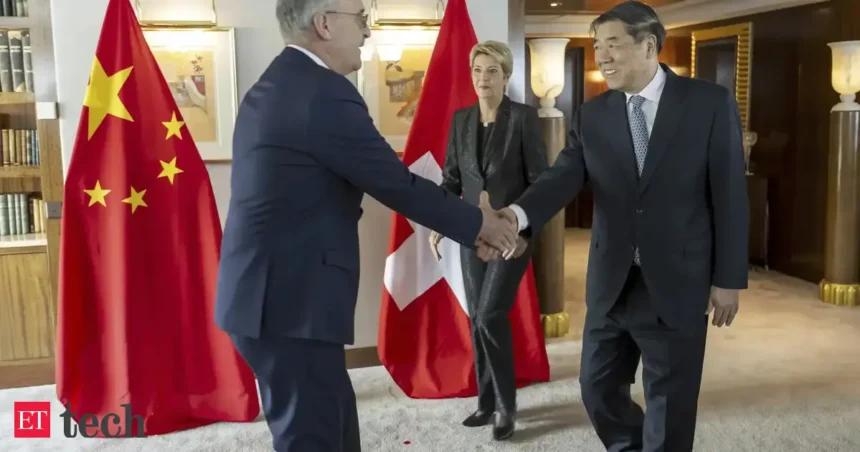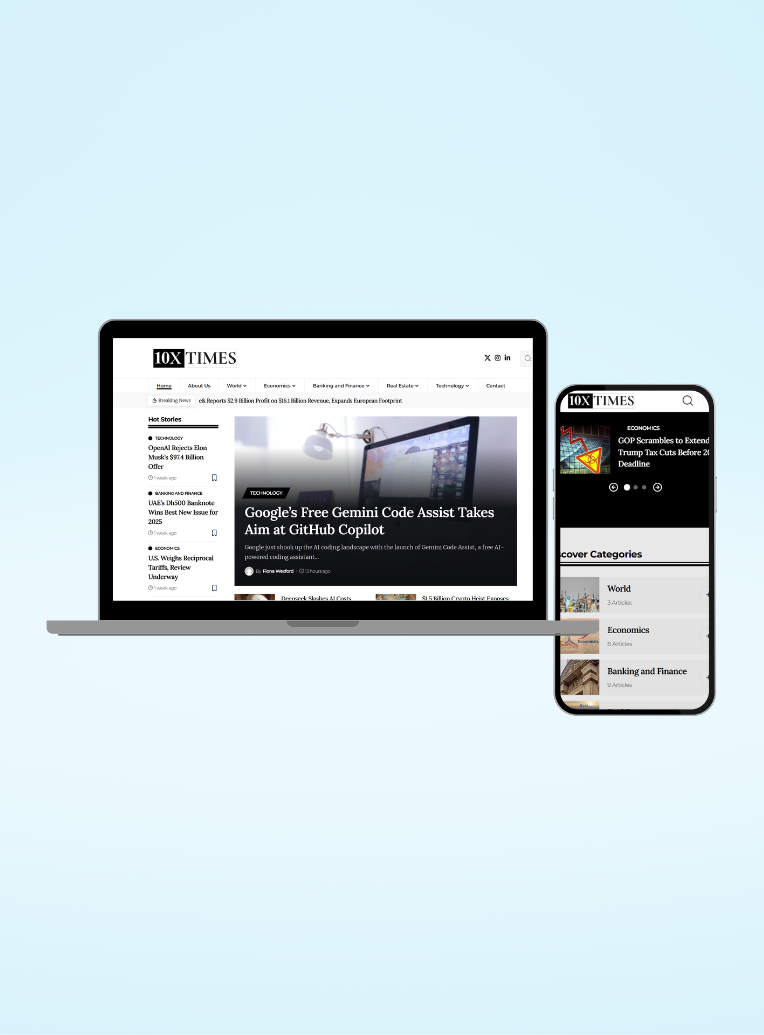The 30% tariff rate is now a defining factor in the US-China trade war and continues to shape global supply chain disruptions, economic strategies, and investor sentiment as it is expected to persist through 2025. Despite recent attempts at a 90-day truce between Washington and Beijing, the 30% tariff rate remains firmly in place, affecting Chinese exports, raising costs for manufacturers, and challenging global economic growth.
Based on Bloomberg’s survey of 22 finance institutions, the 30% tariff rate will not see a meaningful reduction before the 2026 US midterm elections. With the 30% tariff rate now accepted as the new norm, companies across the globe are preparing for extended trade tensions. The 30% tariff rate, while less than previous highs, remains to create drastic difficulty for trade flow, international markets, and long-term investment strategy. Exports of China to the US are anticipated to fall drastically, with Bloomberg Economics projecting that the 30% tariff level can eliminate up to 70% of goods shipped to the US.
Despite the recent peace, the 30% tariff level is high enough to influence industrial production and induce cautious mood in North America and Asia. As policymakers walk the tightrope and businesses adjust, the 30% tariff rate will remain at the top of discussion in boardrooms and in trade negotiations as well. The implications of the 30% tariff rate are now being seen across a variety of sectors, including logistics and manufacturing, financial markets, and currency projections.
Read More: US-China Trade War Truce: Historic Tariff Cut Ignites Hope
Tariff Pressure Slows Down China’s Industrial and Export Activity
The ongoing imposition of the 30% tariff rate is already taking its toll on China’s economic metrics. Factory output is also predicted to increase just 5.9% in April from 7.7% in March. This fall, along with softer factory activity and lower shipments for exports. Is an image of increased pressure on China’s manufacturing sector. Economists say the 30% tariff level is deterring new export orders, resulting in lengthier production cycles and building inventory backlogs. The GEP Global Supply Chain Volatility Index indicates heightened disruption, indicating tightening conditions for over 27,000 firms worldwide.
Markets Respond with Caution in Face of 30% Tariff Rate Uncertainty
Market reaction to the continuing 30% tariff rate has been one of caution. Investors are becoming more cautious on risk exposure in Chinese assets. They are anticipated to stay within a range through 2025. The Chinese yuan is forecast to linger around 7.2 per dollar, as Beijing will probably maintain capital flow volatility. As per Aberdeen Investments’ Robert Gilhooly, in case a trade deal is finalized. The tariff can go down to about 50%, but this is speculative at best. The 30% tariff level is still associated with market sentiment. Any good news could trigger China to scale back stimulus measures.
Trade Negotiations: Slim Chance for Pre-Election Breakthrough
The likelihood of the 30% tariff level coming down considerably before 2026 is low. Analysts indicate that significant progress would mean significant political concessions unlikely before the US midterm elections. While a full trade agreement would see tariffs fall to 20%. It is more likely that rates of about 30% will be the norm. Trump’s previous tariffs averaging 12% are also likely to remain in place despite future agreements. The unpredictability of trade policy, fueled by political agenda and protectionist bias. Brings an element of uncertainty to international trade negotiations.
Currently, the 30% tariff is not merely a policy—its a indicator of underlying geopolitical tensions and long-term economic realignment. Companies need to be able to navigate this space, as expectations of the swift de-escalation are dwindling.
For More Trending Business News, Follow Us 10xtimes News






